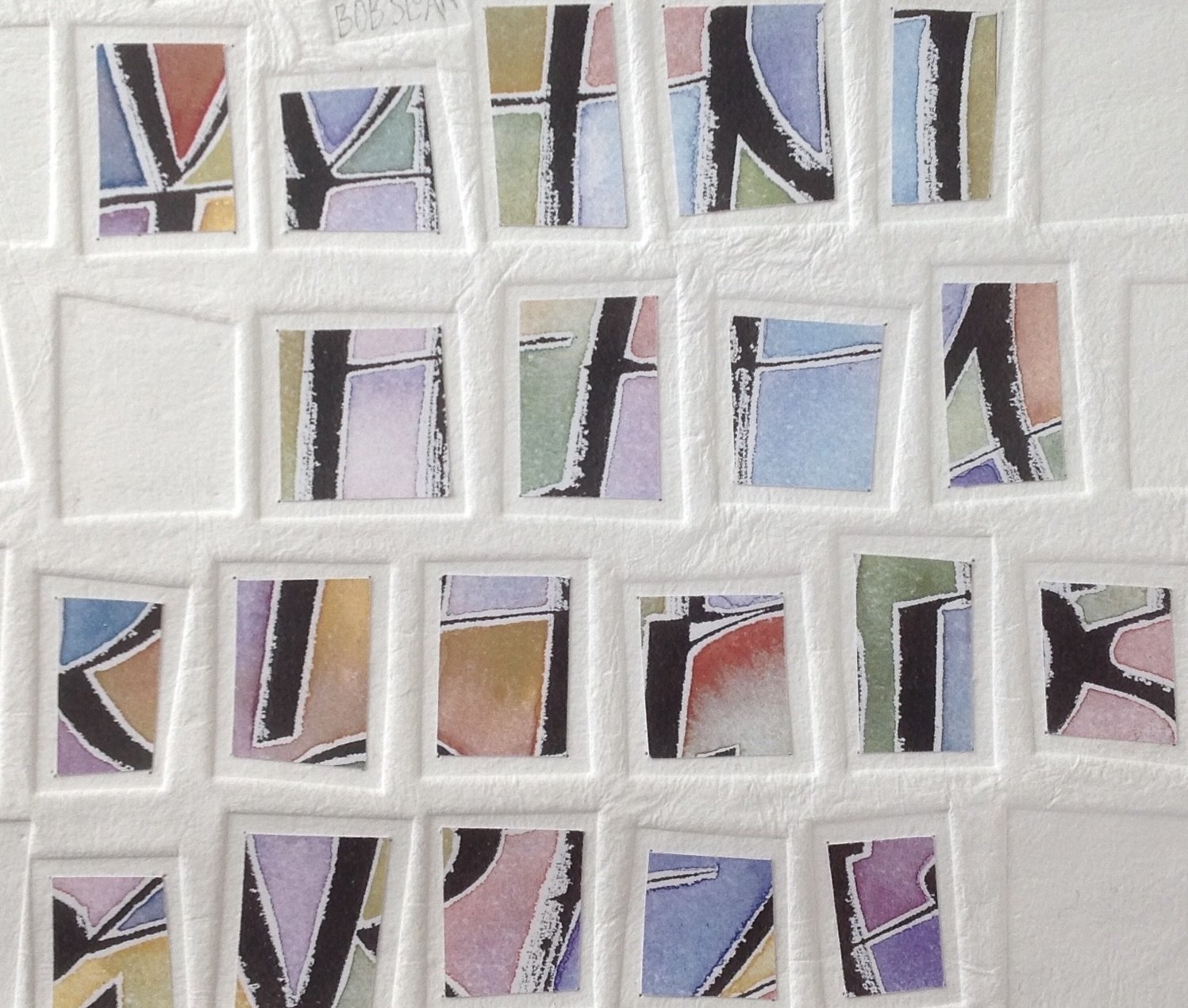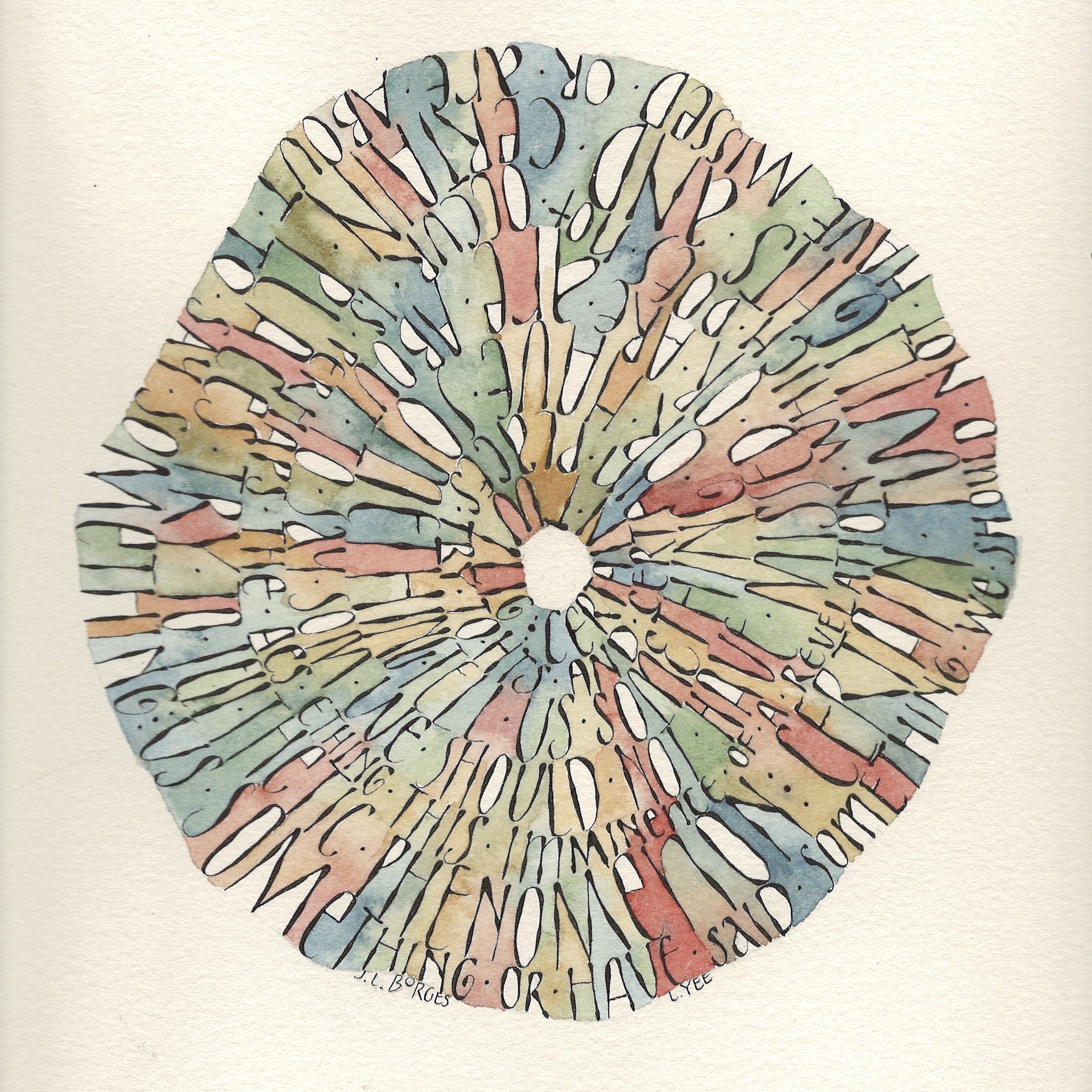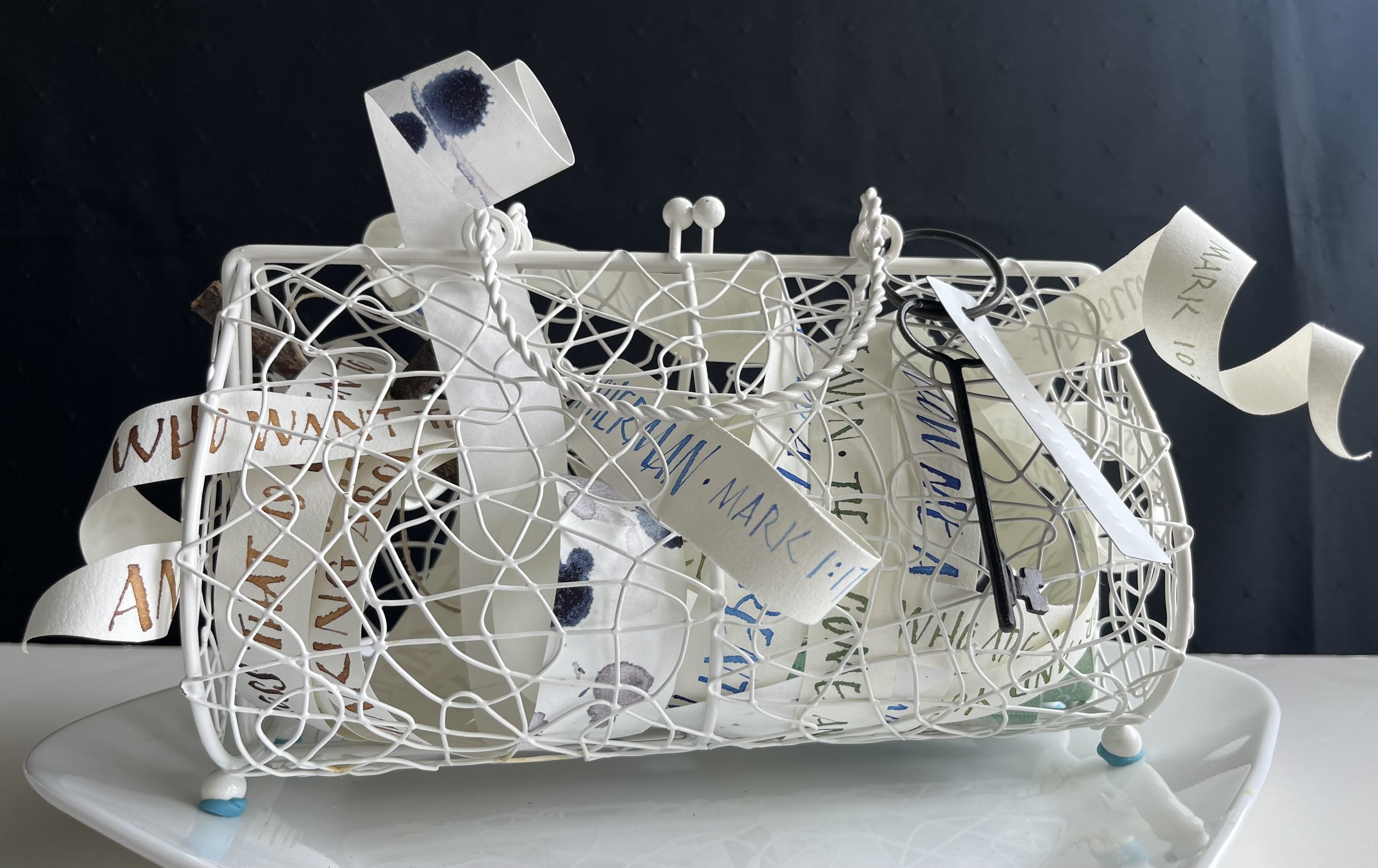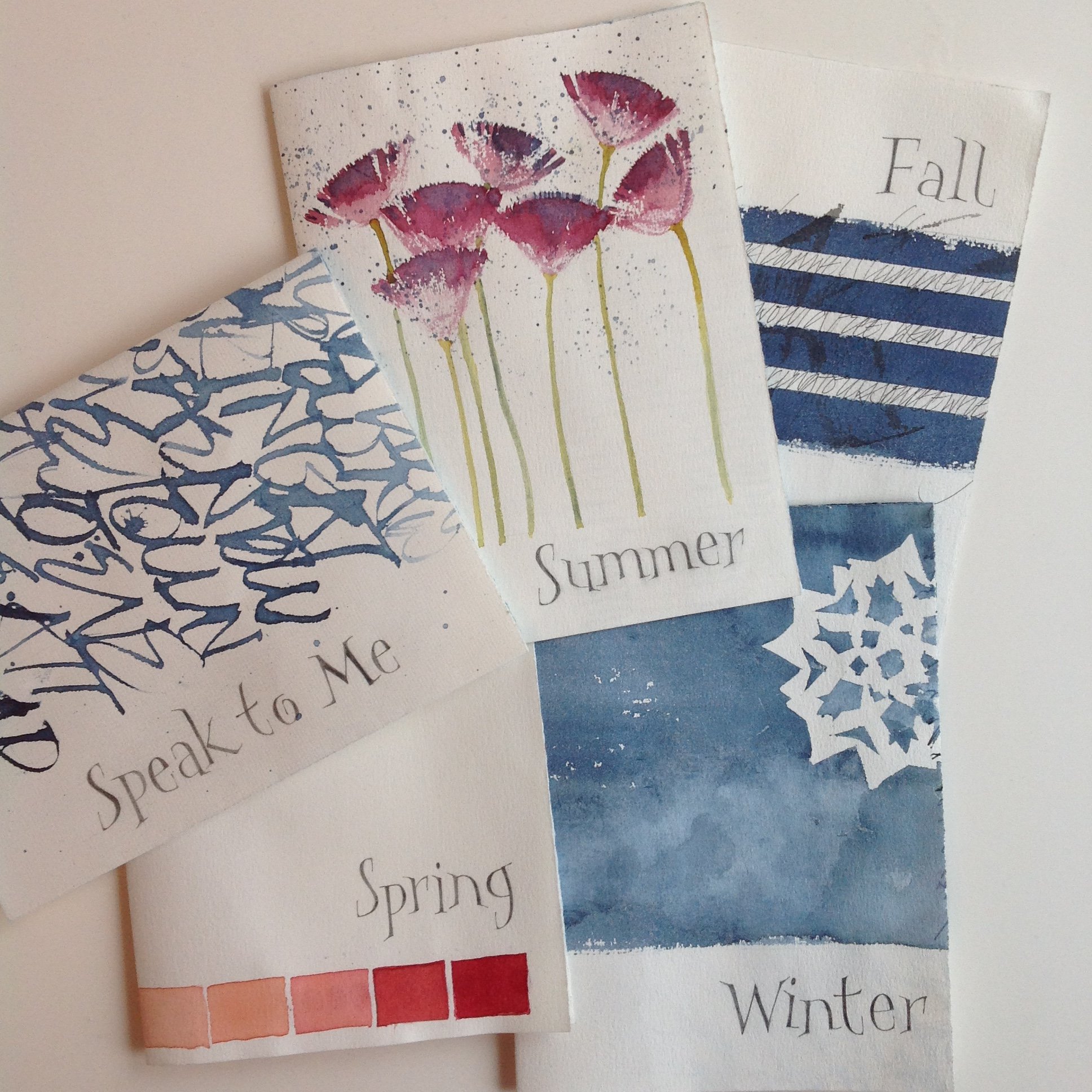Featured Artist | April 2025
Lily Yee-Sloan
© Lily Yee-Sloan
Tell us a little bit about your practice as a maker.
Several years ago, I shifted from my ‘formal’ career and entered my ‘third chapter’, terms defined by sociologist Sara Lawrence-Lightfoot in her book The Third Chapter: Passion, Risk and Adventure in the 25 Years after 50. Her research focuses on the experiences of professionals who, after concluding their careers, embark on their next chapter. Many revisit the crossroads of decision-making and venture down some semblance of the other path, the riskier, less traditional option.
In my third chapter, I sought to define my heart’s work for this season of my life.
I have attended Laurie Doctor’s classes in person as well as online. Both are effective channels to access her stellar teaching, inspiration, and poetry. My favourite class was ‘Speak to Me from Everywhere’. After receiving directions, I was free to use my instinct to take it down my own road, knowing there’s no right or wrong turn.
© Lily Yee-Sloan
Where do you thrive, where do you struggle?
I like to embark on creating art from one of two places: a) using text that resonates with me or b) using materials that require content to give them purpose. I enjoy researching topics that arouse my curiosity and then write about them. Fortunately, a career in communications gave me tools for expression.
In my third chapter, having a home studio provides a destination when I want—oh, need—to create! Especially when the world becomes chaotic, my studio is a sanctuary, a place of retreat. Not a safe place to hide but to move toward. To immerse myself in silence. And to respond.
During COVID, there was time to reflect on my art practice. Life is not linear; I never imagined the artist's journey to be a straightforward path. However, after more than 40 years of lettering and bookbinding, I’m looking back on the lessons these disciplined arts have taught me. The process of reflection has offered the privilege to share stories of my artist journey with those who are travelling the same road and tripping over similar stumbling blocks while attempting to stay motivated.
Roadblocks cause me to falter. My tendency is to work in a very focussed way on one project at a time until it is completed. My energies become quite laser fixed. Setting aside a project leads me to lose momentum and then to unintentionally abandon it. I’m looking for ways to resolve that predisposition.
Josef Albers (1888-1976), an artist and educator, was one of America’s most influential art teachers of his time. I’m reminded of his advice: “We do not always create works of art but rather experiments; it is not our ambition to fill museums: we are gathering experience.”
Perhaps roadblocks signal that the project is ‘finished’ in a way that I have not imagined. And I am left with an experience but not a museum piece.
What is the strangest object in your studio?
Years ago, I was browsing in a vintage shop and came home with a wire purse. It’s a strange thing—a receptacle to hold valuables, yet with openings where loss is most probable. It intrigued me. At the time, I had no idea what it would become, but felt sure it had a future.
The wire purse serves as a reminder to hold life loosely, to allow the material and the metaphysical to enter and leave at will. I am simply a vessel.
© Lily Yee-Sloan
https://lilyyeestudio.com/reviews/
lily.yee.sloan@gmail.com
What is one intention you have for your practice this year?
This year, I’m choosing to continue the search for my own style. My intention is to integrate skills I’ve learned into a whole that better reflects the artist that is me.
I’ve discovered that the secret to making unique art is to identify what I love. To determine my personal preferences and use them in my art practice. To focus on what I enjoy, i.e., to use the colours that appeal to me, tools that feel good in my hands, materials I prefer, and marks that fit me. I plan to resist second guessing whether those preferences are right or wrong. There is no right or wrong!
However, discovering my preferences requires trial and error. That means investing the time and the materials to do the hard work of experimentation and discovery. That means setting aside the notion that I’m wasting time and wasting resources to learn what works for me. Engaging in the hard work is an investment in uncovering my unique style.
© Lily Yee-Sloan




